Graduate and professional education play key roles in positioning individuals in the workforce and on career pathways. Advanced studies are becoming more relevant for employment, and on average graduate degrees lead to significant increases in earnings. Differences in graduate enrollment patterns can have longstanding effects on students’ career or professional trajectories, earning potential, and overall social and economic mobility.
Although people of color remain underrepresented at the graduate level, bachelor recipients of color enroll in graduate education at higher-than-average rates, and students of color comprised a larger share of graduate enrollments in 2019–20 than in 1999–2000. More concerning are stark racial, ethnic, and gender disparities in graduate students’ sectors of enrollment and fields of study: women and students of color remain firmly underrepresented in graduate programs associated with the largest employment and earnings benefits.

